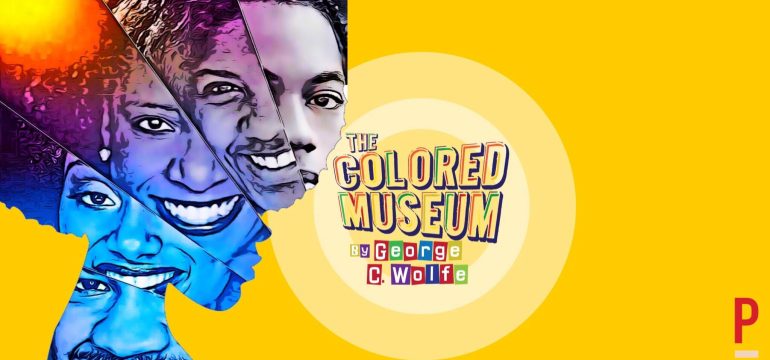Playwrights can take their ideas directly from what is happening in contemporary society. Oleanna is a good example of how what is going on in our country, our communities or our lives can inspire the premise of a play. Often, plays deal with conflict and issues that are often overlooked or are politically charged or controversial.
This morning, please take 5 minutes to research the following:
We will continue our reading of Oleanna today.
Period 2:
If we finish Oleanna, let's look at David Ives collection of plays. We'll start with "Sure Thing"--a short one-act based on an improv game, with the contemporary issue of dating. Please read the other plays by David Ives in the packet on your own (see homework!)
You can find out more information about David Ives at this link.
HOMEWORK: Please read the plays in the packet by David Ives. Be prepared to be tested on this material on Monday. Look up information and take notes about the playwright David Ives at the link above. Some of this material will be on your quiz.
This morning, please take 5 minutes to research the following:
- The Anita Hill/Clarence Thomas case
- The Me-Too Movement
- The Safe Space Movement
- The Christine Blasey Ford/Kavanaugh Hearings
We will continue our reading of Oleanna today.
Period 2:
If we finish Oleanna, let's look at David Ives collection of plays. We'll start with "Sure Thing"--a short one-act based on an improv game, with the contemporary issue of dating. Please read the other plays by David Ives in the packet on your own (see homework!)
You can find out more information about David Ives at this link.
HOMEWORK: Please read the plays in the packet by David Ives. Be prepared to be tested on this material on Monday. Look up information and take notes about the playwright David Ives at the link above. Some of this material will be on your quiz.





